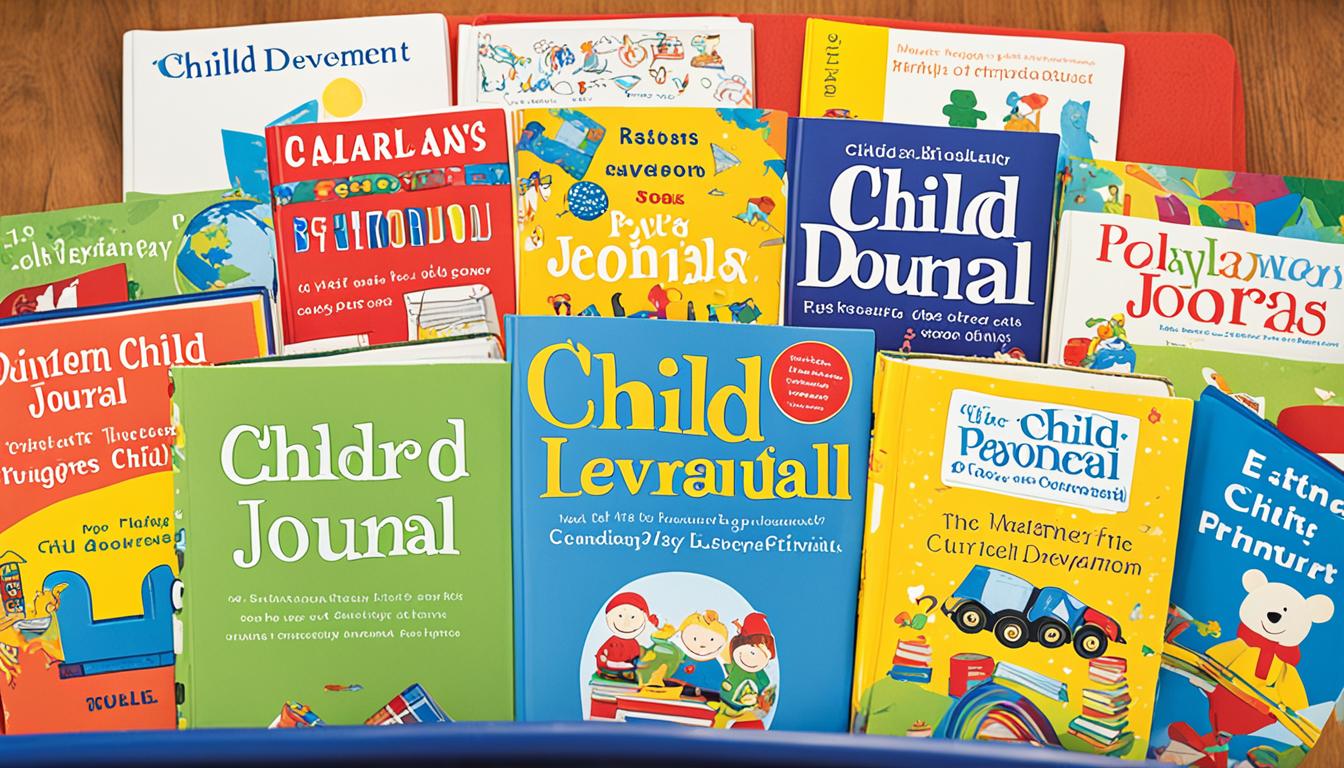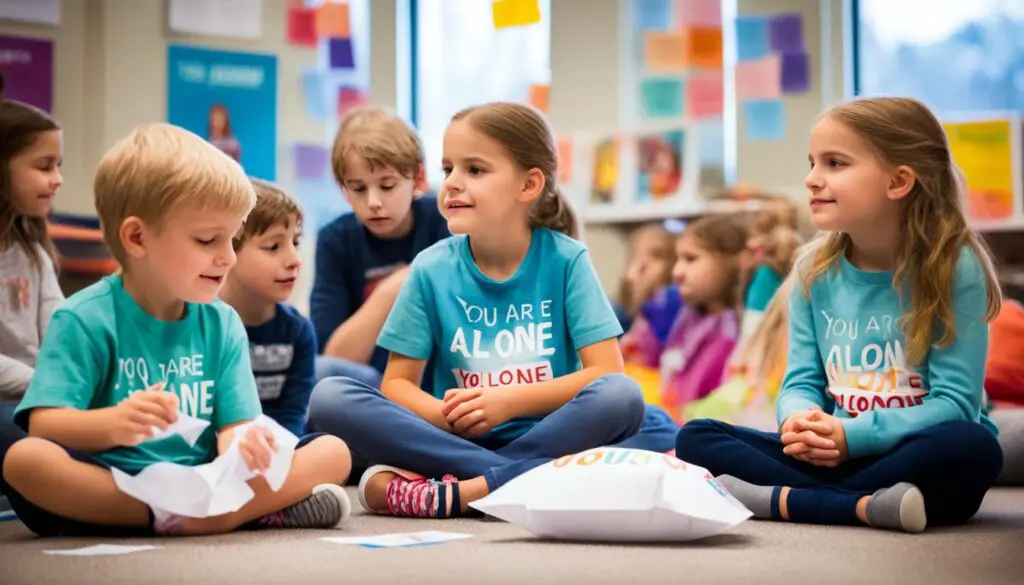
Essential Reads from the Child Development Journal
As a professional in the field of child development, staying up-to-date with the latest research and insights is crucial. That’s why I always turn to the Child Development Journal, a trusted source of key findings and breakthroughs in early childhood education and psychology. This journal is a valuable resource for professionals and researchers, providing essential reads that offer valuable information and insights.
From the latest research on cognitive development to innovative teaching strategies, the Child Development Journal covers a wide range of topics that are relevant to anyone working with children. Whether you’re an educator, psychologist, or policymaker, you’ll find valuable information in this journal that can inform your practice and decision-making.
Each article in the Child Development Journal is carefully curated and peer-reviewed to ensure the highest quality of research and analysis. The journal brings together contributions from leading experts in the field, providing a comprehensive and well-rounded view of child development.
Throughout this article, we will explore some essential reads from the Child Development Journal that have caught my attention and offer valuable insights into the field of child development. From groundbreaking studies on the impact of peer grief support programs on children to alarming findings on the dangers of flavored tobacco use among youth, these articles highlight the importance of staying informed in order to promote the well-being of children in our society.
Key Takeaways:
- The Child Development Journal provides key insights and breakthroughs in the field of child development.
- Articles in the journal cover topics related to early childhood education and psychology.
- The journal offers valuable information for professionals, researchers, and policymakers.
- Contributions to the journal undergo a rigorous peer-review process.
- Essential reads from the journal include studies on peer grief support programs and the dangers of flavored tobacco use among youth.
The Impact of Grief Support Programs on Children
One of the featured articles in the Child Development Journal focuses on the impact of grief support programs on children. The article discusses how these programs, such as the Center for Grieving Children, provide peer grief support to children who have experienced the loss of a loved one.
Grief support programs play a crucial role in helping children navigate the complex emotional journey of grieving. These programs create a safe space for children to express their feelings, connect with others who have gone through similar experiences, and find healthy ways to cope with their emotions.
The positive effects of peer grief support programs on children’s well-being are well-documented. Not only do these programs help children understand and process their grief, but they also prevent feelings of isolation and promote healthy emotional development.
Testimonials from participants and volunteers consistently highlight the transformative impact of grief support programs. These stories provide powerful insights into the profound change that occurs when children have a supportive community to lean on during challenging times.
“The grief support program at the Center for Grieving Children had a tremendous impact on my daughter’s healing process. She found comfort in connecting with other kids who understood her pain. The program not only helped her cope with her grief but also gave her the tools to navigate life after loss.” – Parent of a participant
By offering a holistic approach to grief support, these programs address the emotional, social, and psychological needs of children. They provide a nurturing environment where children can express themselves freely, find solace in shared experiences, and develop healthy coping mechanisms.
The Benefits of Peer Grief Support Programs:
- Validation of children’s emotions and experiences
- Opportunity to establish connections with peers going through similar experiences
- Development of coping skills and emotional resilience
- Education on grief and its various stages
- Promotion of healthy emotional expression
Through grief support programs, children are not only given the tools to heal but also the support and understanding they need to thrive in the face of adversity.

| Grief Support Program | Location | Duration | Age Group |
|---|---|---|---|
| Center for Grieving Children | Portland, Maine | 12 weeks | Children aged 4-18 |
| Good Grief | New Jersey, New York, and Connecticut | 8 weeks | Children and teens |
| Dougy Center | Portland, Oregon | Ongoing | Children, teens, and young adults |
| Comfort Zone Camp | Nationwide | Weekend retreats | Youth aged 7-21 |
These programs serve as a lifeline for grieving children, providing them with the necessary support to rebuild their lives after loss. By fostering resilience, emotional growth, and connection, they empower children to navigate the grief journey and find hope in the midst of sorrow.
The Dangers of Flavored Tobacco Use Among Youth
Flavored tobacco products have become a growing concern among youth, warranting attention from experts. In a recent article featured in the Child Development Journal, a pediatrician delves into the alarming impact of flavored tobacco use by young individuals. It sheds light on the tactics employed by the tobacco industry to specifically target and allure young people through enticing flavors.
The article highlights the grave consequences of flavored tobacco use on overall health, emphasizing the increased risk of diseases and disabilities. Scientific studies have shown a strong link between tobacco use and various health conditions, including respiratory and cardiovascular diseases. Additionally, the addictive nature of nicotine compounds the risks associated with flavored tobacco, leading to potential long-term addiction and its detrimental effects on brain development.
“The growing popularity of flavored tobacco products among today’s youth is deeply concerning. Not only are they more likely to develop an addiction, but they also face heightened health risks and impaired brain development,” warns Dr. Smith, a renowned pediatrician and author of the article.
To tackle this pressing issue, advocacy for legislation to end the sale of flavored tobacco products is being discussed as a potential solution. By implementing such measures, policymakers aim to protect the health and well-being of young individuals, safeguarding them from the dangers posed by flavored tobacco products.
It is crucial for parents, educators, and healthcare professionals to raise awareness about the health consequences of flavored tobacco use and equip young people with accurate information regarding its hazards. By empowering youth with knowledge and resources, we can work towards preventing a widespread addiction and ensuring healthier outcomes for future generations.
| Health Consequences | Effects on Brain Development | Addiction Risk |
|---|---|---|
|
|
|
It is crucial for us to take action now and address the concerning rise in flavored tobacco use among youth. Through concerted efforts from various stakeholders, we can not only protect the health and well-being of young individuals but also promote a tobacco-free future.

Conclusion
The Child Development Journal serves as a vital resource in the field of child development, providing professionals, researchers, and policymakers with valuable insights and breakthroughs. Through its articles focused on early childhood education and psychology, this journal offers a wealth of knowledge that can shape and improve child development practices.
By keeping up-to-date with the essential reads from the Child Development Journal, we can contribute to the advancement of early childhood education and the well-being of children in our society. The valuable research findings and evidence-based strategies shared within this journal can inform our approaches to education, psychology, and overall child development.
From the impact of grief support programs on children to the dangers of flavored tobacco use among youth, the Child Development Journal covers a wide range of topics that are crucial to understanding the complexities of child development. By delving into these essential reads, we gain a deeper understanding of the challenges children face and the strategies that can help them thrive.
FAQ
What is the Child Development Journal?
The Child Development Journal is a valuable resource for professionals and researchers in the field of child development. It offers key insights and breakthroughs in the areas of early childhood education and psychology.
What does the featured article on grief support programs discuss?
The featured article in the Child Development Journal focuses on the impact of grief support programs on children. It discusses how these programs provide peer grief support to children who have experienced the loss of a loved one and highlights their positive effects.
What are the dangers of flavored tobacco use among youth?
The Child Development Journal sheds light on the dangers of flavored tobacco use among youth. The article emphasizes the harmful effects of tobacco use on overall health, the risk of disease and disability, and the addictive nature of nicotine.
How does the Child Development Journal contribute to the field of child development?
The Child Development Journal provides an invaluable platform for knowledge sharing and research in the field of child development. It offers key insights and breakthroughs that inform professionals, researchers, and policymakers.